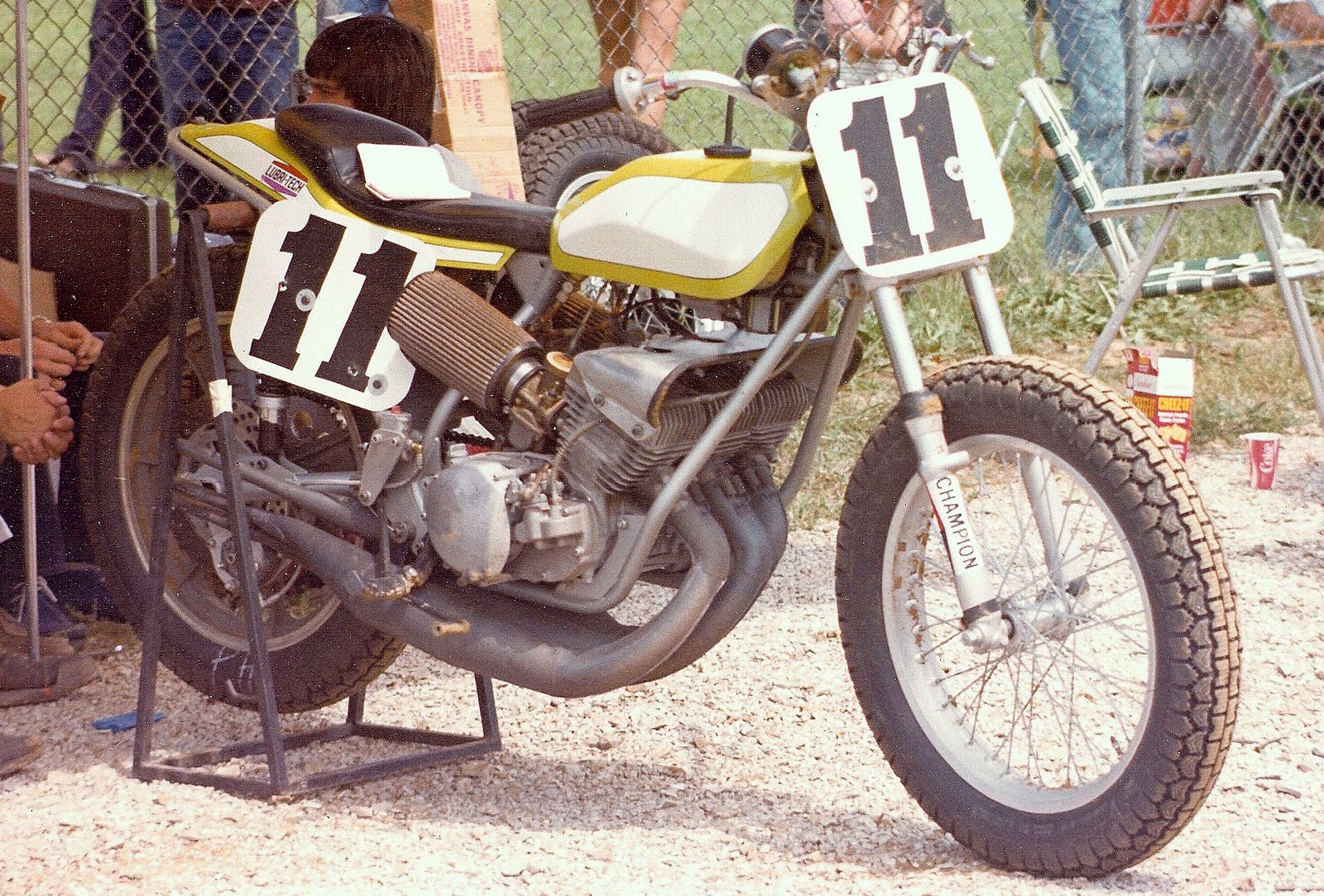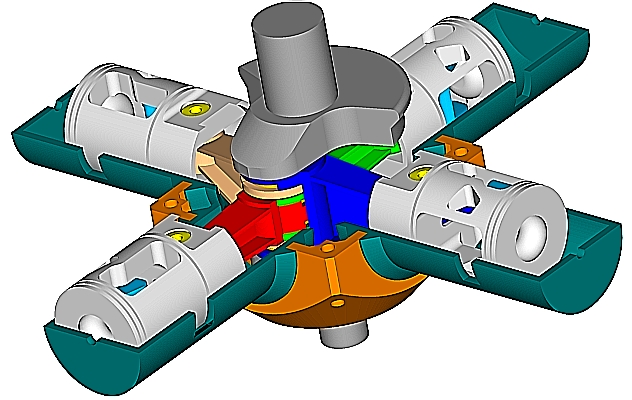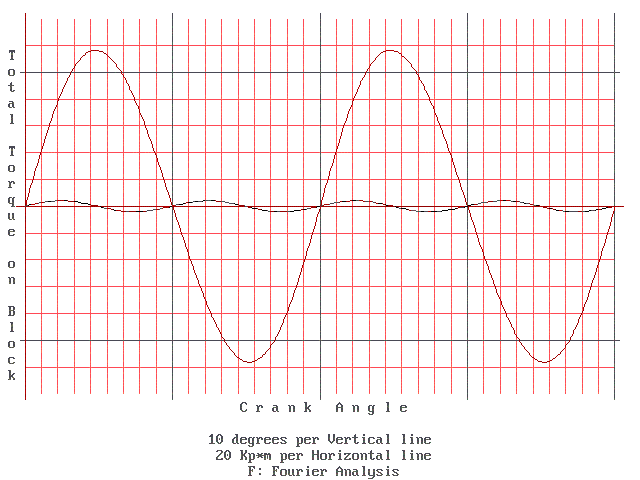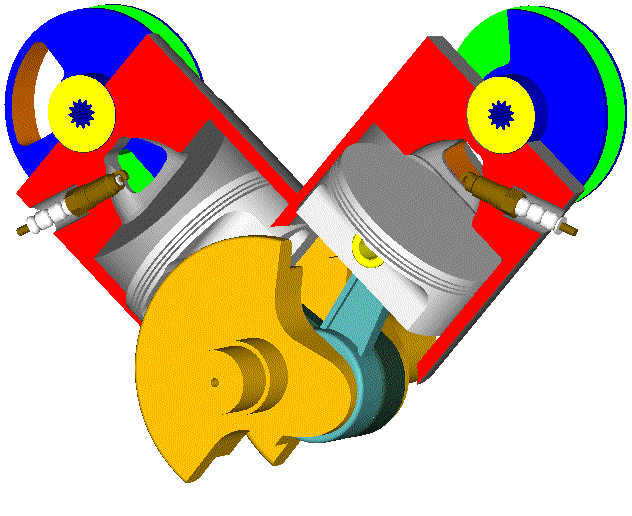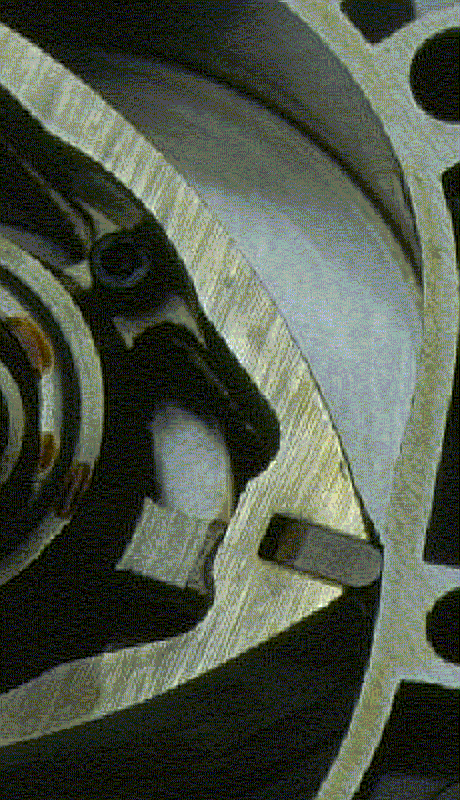Hello Tommy Cookers.
You write:
“this is nonsense - just Yamaha advertising hype”
Their M1 (crossplane crankshaft Four-In-Line) dominates for several years in the moto-GP.
From Wikipedia:
7 World Championships won:
Valentino Rossi in 2004, 2005, 2008 and 2009
Jorge Lorenzo in 2010, 2012 and 2015
You also write:
“at very high rpm the reciprocational inertias are very large
they give a substantial positive-rotational, then negative-rotational, impulse twice per rev to the crankshaft
these impulses are almost completely opposing, so the net effect over the whole rev is only small, and actually a power loss from friction
all reciprocation does this whether the pistons reach tdc/bdc together as conventional or at intervals as do the Yamaha's”
No.
In the crossplane crankshaft In-Line-Four the energy reciprocating between the crankshaft (flywheel) and the set of the four pistons is practically zero. This is so because the increase of the kinetic energy of the two pistons equals to the decrease of the kinetic energy of the other two pistons.
The crankshaft does nothing else than interconnecting the four pistons.
The crankshaft needs not to accelerate / decelerate in order to provide / absorb kinetic energy from the set of the four pistons.
In the plane cranshaft In-Line-Four things are completely different. The set of the four pistons has a total kinetic energy varying from zero (at TDC and BDC) to extreme (when the piston pass from their middle stroke). The crankshaft / flywheel has a difficult work to do: it has to accelerate as the pistons approach TDC / BDC and then the crankshaft has to decelerate as the piston approach their middle strokes. I.e. a lot of energy reciprocates between the crankshaft and the set of the four pistons.
What does it mean in practice:
If you remove the cylinder heads and drive the crankshafts to rotate near, say, 10,000rpm, and measure the angular velocity of the crankshaft during a complete crankshaft rotation, in the crossplane crankshaft I-4 you will measure a practically constant angular velocity, while in the plane crankshaft I-4 you will measure a variation of the angular velocity.
The previous is equivalent to:
The free inertia torque in the crossplane I-4 is about zero, while the plane I-4 suffers from an extreme free inertia torque.
You also write:
“such impulses happening 400 times per second cannot propagate beyond the transmission shock absorber (usually it's in the clutch)
this works by attenuating and killing any torque variation faster than equivalent to above about 2 or 3 times per second
that's what shock absorbtion is”
For an engine running in a wide rev range, a shock-absorber has a difficult, if not impossible, duty:
Every time torque is “killed” (either it is inertia torque or it is combustion torque), energy (and so power) is lost.
The fact that the free inertia torque in the plane crankshaft I-4 is of second order and the total combustion torque has a big coefficient of 2nd order (one combustion per 180 degrees) makes things even more difficult for the transmission shock absorbers: if they are set to kill the inertia torque, they cannot help killing a good part of the combustion torque, too.
In comparison, in the crossplane I-4 the transmission transfers only combustion torque. Either at low revs, or at high revs.
You cab think of it differently:
The plane crankshaft I-4 has a crankshaft rotating at variable speed (during a crankshaft rotation, I mean), while the transmission and the rear tire try to rotate at constant angular speed.
Is there a way to much those two different angular speeds without killing a part of the energy?
Here is how:
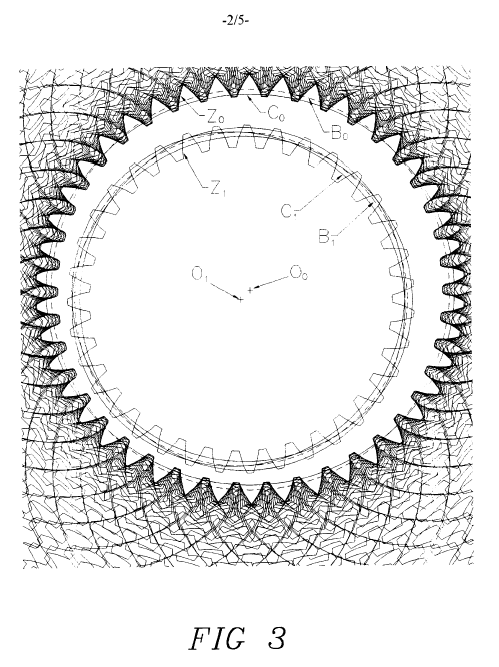
The primary transmission gearwheels are properly changed . modified to allow the different angular velocities without overstressing and without killing energy / power.
The idea is described in a patent filed half a century, or so, ago.
If it is not clear how it works, let me know to further explain.
With such a primary transmission, the plane crankshaft I-4 could play and win the crossplane I-4.
It is a pity no engine maker yet “discovered” this simple idea.
(Hello J.A.W.
I wrote “Later they discovered the inertia torque” in my last reply to you.
The solution was there for several years (I know it from a Search Report).
A patent for a I-4 crossplane was filed by Kawasaki a few decades ago.
Only recently Yamaha “discovered” the advantages of the crossplane crankshaft I-4).
So, the I-4 with crossplane crankshaft is substantially different than the I-4 with plane crankshaft as regards the loading of the transmission, the loss of power in the transmission, the feeling of the rider, the side loading capacity of the contact between the rear tire and the road etc.
Thanks
Manolis Pattakos
